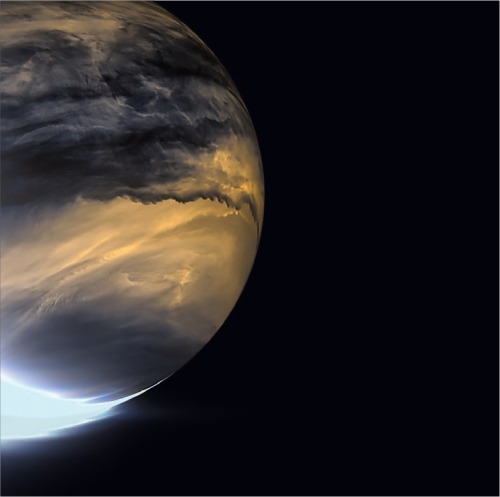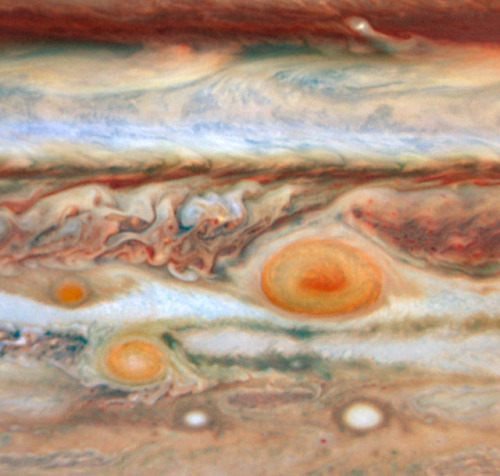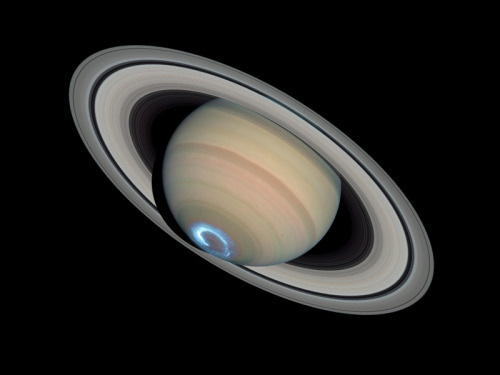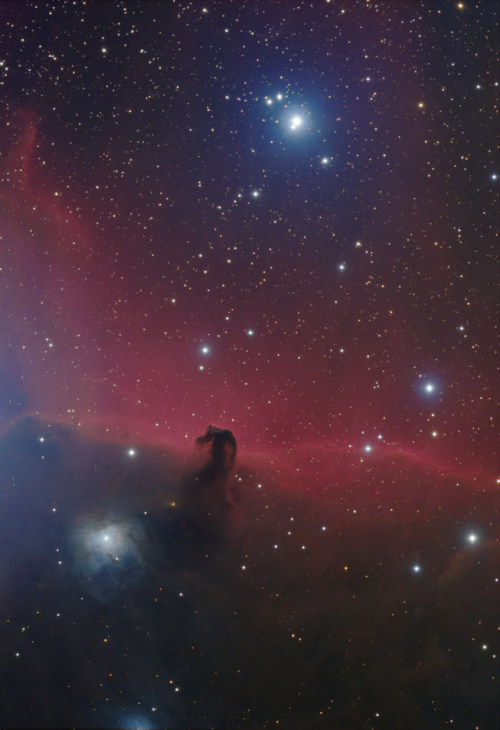Among The Stars [ Queue ] - Blog Posts

“One of the most actively changing areas on Mars are the steep edges of the North Polar layered deposits. This image from NASA’s Mars Reconnaissance Orbiter (MRO) shows many new ice blocks compared to an earlier image in December 2006. An animation shows one example, where a section of ice cliff collapsed. The older image (acquired in bin-2 mode) is not as sharp as the newer one.” Credit - nasa.gov

“This is an image of the Cartwheel Galaxy taken with the NASA/ESA (European Space Agency) Hubble Space Telescope.
The object was first spotted on wide-field images from the U.K. Schmidt telescope and then studied in detail using the Anglo-Australian Telescope. Lying about 500 million light-years away in the constellation of Sculptor, the cartwheel shape of this galaxy is the result of a violent galactic collision. A smaller galaxy has passed right through a large disk galaxy and produced shock waves that swept up gas and dust — much like the ripples produced when a stone is dropped into a lake — and sparked regions of intense star formation (appearing blue). The outermost ring of the galaxy, which is 1.5 times the size of our Milky Way, marks the shock wave’s leading edge. This object is one of the most dramatic examples of the small class of ring galaxies.” Credit- nasa.gov

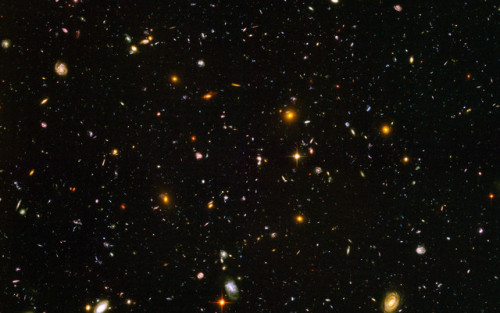
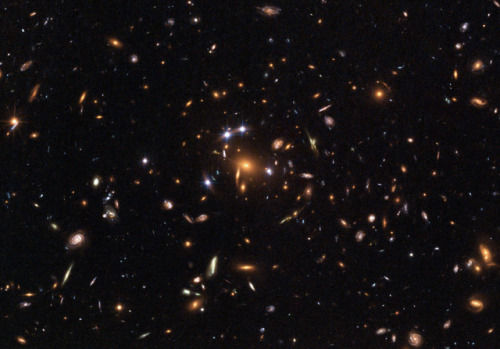


The Fermi Paradox
Once upon a time, scientists decided, “what would happen if we point Hubble at this dark piece of the sky and leave the exposure open for an absurd amount of time?” Said scientists then experienced sudden bowel incontinence from the results. Vast specks of light, like the first image and when zoomed in, each individual speck of light is it’s own galaxy with it’s own solar systems.
Seeing the sheer vastness of the universe and that it’s so large, it’s incomprehensible to our feeble minds, is it possible that we’re alone? Where are all the aliens?
The Fermi Paradox tries to describe why we seem to be alone in a vast sea of endless possibilities for intelligent life to form. Life seems to form easily, surely it’s the same elsewhere.
Here’s some main bullet point arguments as to why we’re seemingly alone.
• We’re too far apart, separated by vast space and time • We’re rare or we’re the first • The aliens don’t have advanced technology (we don’t either). Think of it this way, an octopus or a crow is intelligent life. They’ve never even visited the moon. • Mass extinctions happen more often than not, they might be dead or intelligent life never exists long enough to make contact with each other before it’s wiped out • We haven’t existed long enough to be discovered or to figure out how to find others • They’re too advanced for us • It’s simple nature of intelligent life to eventually wipe itself out • Intelligent life has discovered that it’s too dangers to be in contact • We’re not listening properly for their messages. It’s like trying to listen to a CD on a record player - it won’t work. • We’re not contacted because we’re in a simulation or an alien zoo • Maybe they’re already here, observing • Maybe they’re here (e.g. UFOs?) we just don’t know how to talk to them or acknoweldge them. We laugh at most UFO reports.

Three moons cast shadows on Jupiter.
Credit: NASA, ESA and E Karkoschka
